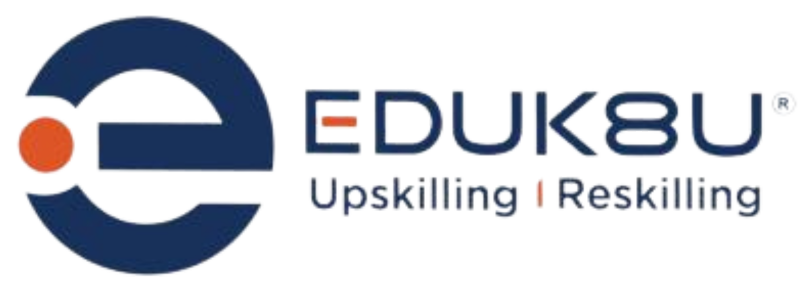Data has become the next big thing in every industry, and the reason behind its current position cannot be discounted. Insights yielded by data obtained can help to make informed decisions, especially as they concern human resource management. The Data in HR includes every process that involves employee recruitment, training, and compensation. People-related data covers employees’ job satisfaction, promotion history, and future prospects within the organization.
Organizations whose Human Resource departments fail to leverage the valuable potentials provided by people-related data are missing out on opportunities that would have helped them make decisions that can address some of – if not all – their strategic business issues. To this end, many informed organizations are seeking ways of connecting their talent and business data to improve recruiting, development, engagement, productivity, accountability, and retention of employees.
Steps to Leverage people-related Data in HR
HR teams can leverage people-related data in the following ways:
Talent Acquisition
The reality is that many organizations are seeking talents that will help them attain their organizational goals. However, only a few of these young professionals – that are being sought after – are talented. Thus, there becomes a serious struggle for the few talents among competitors. While some organizations might be lucky enough to attract some talents, most organizations end up with bad hiring decisions, which cost them heavy financial costs.
Using data science software, for instance, will help hiring managers filter through a significant number of resumes and then focus on the ones with great prospects. Of course, this process often constitutes the first stage of the selection process. A virtual or face-to-face interview can then follow. Big data analytics help to save time and cost that would have been invested in sorting resumes manually.
Training and Evaluation
Beyond hiring prospects, there is a need for Business Management HR to conduct adequate human capital management and training, especially as it concerns introducing the new employees to their duties and responsibilities. This could be achieved through professional graduate programs that provide in-depth training on adaptation to company procedures.
These tools will aid them in performing their duties effectively. Training is considered one of the major trends in the business industry and it is not supposed to be a one-off activity. Industry trends will always change and organizations need to prepare their workforce to adapt to the changes as they occur.
Apart from this, reviewing employee performance is important to make employees become more productive. Examples of employee evaluation may include evaluating the impact of the training programs on their performance and, in turn, on the attainment of organizational goals. Data science has simplified the process of examining employee learning and carrying out cost/benefit analysis for courses or training programs undergone by employees. Such courses could be modified to meet the ever-changing needs of employees.
Employee Performance
Big data in Human Resource helps organizations to provide real-time information about all key performance indicators (KPIs) of employees as well as perform an individual evaluation. Just as the smallest flaw can deal a great blow to the profit net of an organization, early detection can help to increase the profit of such an organization.
Company-wide this data will aid managers during their routine employee performance evaluation. For instance, data science is useful in sales operations as it could provide information on the performance of each salesperson or sales channel.
Retention
It is often difficult to retain employees, especially great talents. This is because they are highly sought after and may be lured into another organization that provides greater benefits. Apart from this, employees may also decide to leave an organization if they feel they are not valued enough or being utilized as much as they want.
With data science and human resource analytical skills, you can collect a significant number of data that appears unrelated at first but becomes critical to making more informed decisions about employee satisfaction. Through this, HR executives get proactive at addressing issues even before they arise.
Marketing
Many marketers, out of ignorance of effective ways of calculating returns on investments, may consider their marketing teams ineffective. They are not able to know how effective or ineffective their marketing campaigns are. There is a need for effective collaboration between Human Resource teams and the marketing department or unit of an organization. The relationship between the two of them is critical to improving organizational productivity.
Data science provides accurate data on the extent of reach and influence of all the marketing activities of an organization, thus helping the HR departments detect growth opportunities. With early detection of such opportunities, efficiencies in daily operations can be improved, thus resulting in increased productivity and improved results. Besides, knowledge of the driving force behind business and people can help to improve employee experience within the organization.
Future Planning
Data in HR or analytics is critical to strengthening organizations in its continuous operations efforts. Beyond the current operations of an organization, it is important that it stays atop its competitors to avoid being displaced in the nearest future. With data analytics, organizations get a comparative advantage. This is because HR analytics is intuitive and can predict future trends. This enables organizations to step up their game, especially as it concerns manpower optimization and staff performance appraisal.
Conclusion
Human Resource management in Malaysia has been one of the key areas that help to improve an organization’s productivity and competitive advantage. One of the ways to achieve this is by obtaining deep insights and accurate predictions offered by big data analytics. Organizations that utilize data will, in the long run, save time and resources. Not only that but they will also make better hiring decisions, have high employee retention rates, and increase employee productivity.
The Executive Master of Human Resource Management graduate program at EDUK8U Grad School Asia is available to working professionals to equip them with essential prerequisite knowledge, tools, and skills that are critical to expanding their generalist knowledge and building their foundation in human resources. The goal is to create business leaders that serve as valuable assets to their respective organizations.
To explore more, join our Executive MBA or our Master in Human Resource Management double certificate program with SHRM (Society for Human Resource Management) and IUKL (Infrastructure University Kuala Lumpur). Drop us an email: info@eduk8u.com or visit our website www.eduk8u.com









